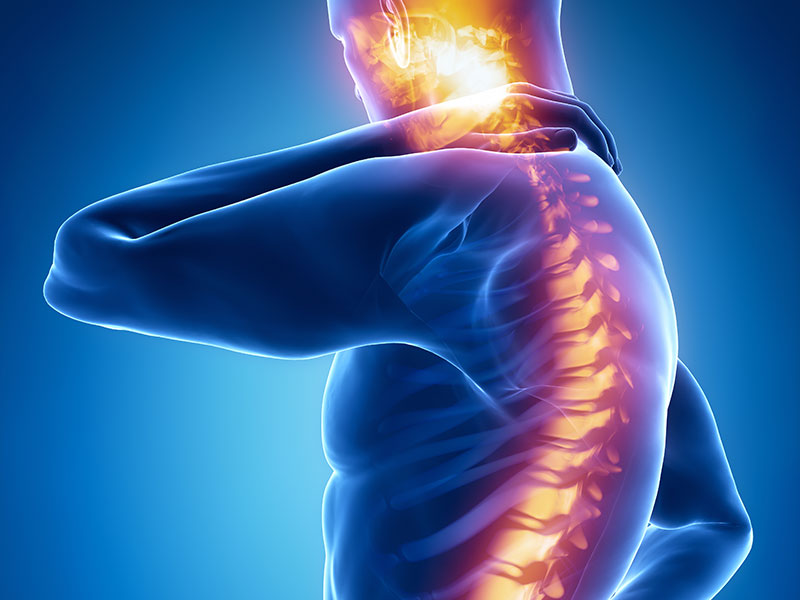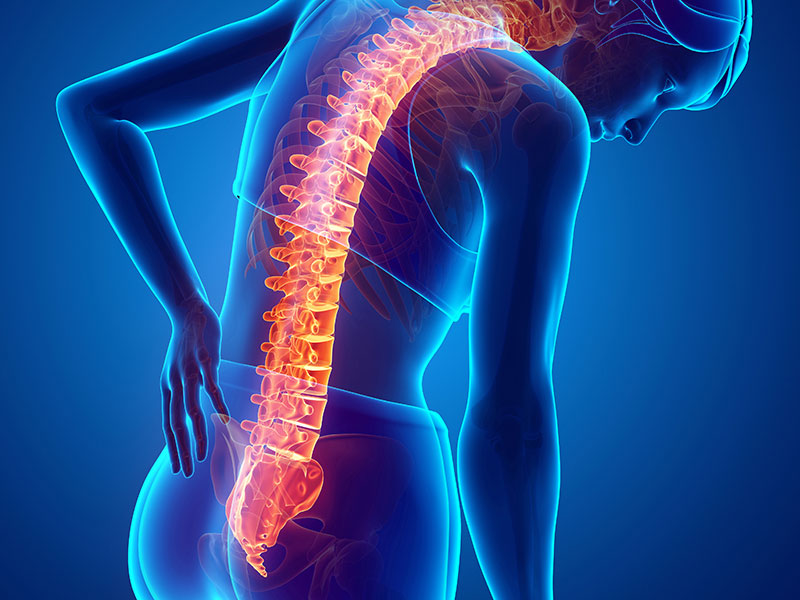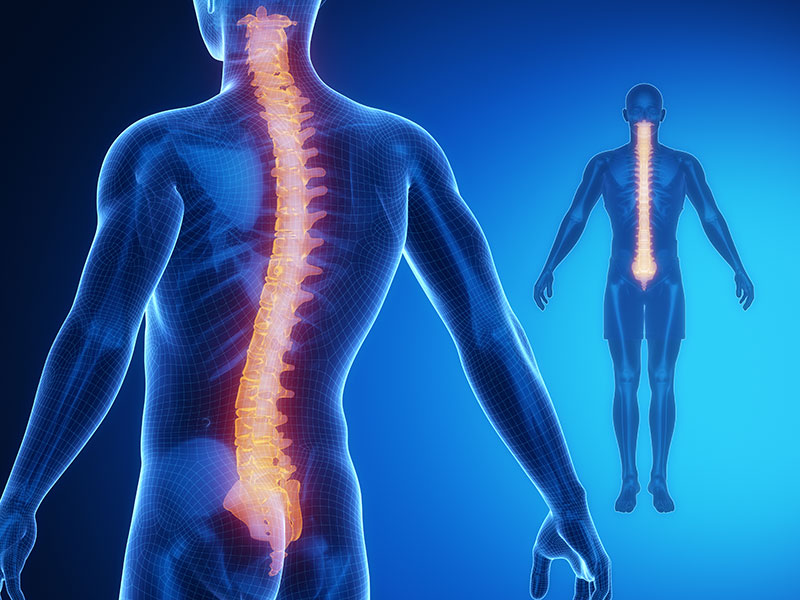An osteopathic treatment involves a complete understanding of your health history as well as an assessment of your posture, alignment, and present state of health. We want to know all about you so we can understand how you got to where you are and be able to help you the most.
The new patient consultation starts with a detailed health history, which is the first step in understanding the problem, its’ origin, and context in your life. Often incidents in your past or your current lifestyle, or trauma you may not have thought of, can actually be linked to the symptoms you are experiencing.
The next step is to assess posture, patterns of mobility, and specifically the area of complaint. This often involves asking you to perform simple movements, either sitting or standing, so we can observe you in motion. To enable this, we need to see your body work, so it is advisable to wear loose, comfortable clothing.
This is followed by a gentle examination of the bones, joints, ligaments, tissues, nerve, and fluid pathways with our hands using a highly developed sense of touch called osteopathic palpation. This combines with the prior health history and observation of posture and movement to create a diagnostic picture of how the body is working.
Once we have created this understanding of your state of health, we can begin the very gentle osteopathic treatment process.
The session ends with a discussion of the findings during the treatment, as well as a plan for addressing your issues, and some idea of the prognosis. Please ask as many questions as you like; we feel your understanding of the process is a critical component of your healing process and return to health.
If you had a medical review of your issue, please bring along any documentation you may have. The report that accompanies the diagnostic imaging (X-Ray, CT, Ultrasound, or MRI) is the most useful information for us.

The osteopathic treatment we provide is very gentle and comes from extensive post-graduate training. By using subtle motions we can affect the body at the very deepest levels, facilitating change that other methods may miss.
This is the most frequent question asked, because our methodology of Biodynamic Osteopathy is very gentle. Being subtle, it is hard to understand how it can be highly effective at adjusting the body, when so little force is used.
The short answer is, the process is one of minute subtle adjustments, using the motion of the breath and other internal forces of the body to augment a change in the tissues that are in dysfunction.
Osteopathic diagnosis and treatment relies on years of training and experience in feeling the tissues of the body. This is blended with a technical understanding of the anatomy, physiology, embryology, biomechanics, and pathology of the human body. With a perspective grounded in osteopathic history, philosophy, and technique.
We view the body as having a perfect blueprint at conception, a map for and of our health. This map is carried with us through life and is the guide to our ability to self-heal. While trauma and stress may distort the underlying picture, a gentle helping hand can help to restore the pathway back to health, which is the mechanism of self-healing.
The entire basis of osteopathic understanding and diagnostics is through the filter of motion. Motion is the key to understanding what is wrong since a lack of motion indicates seized up tissues and is the key to providing help. Motion is assessed and information is collected in a variety of ways. This includes the state and tone of the soft tissues, the position and mobility of the bones, joints, and connective tissues, the movement of fluid through their pathways, and the quality of the breathing as it travels from the upper chest into the abdomen. There are also finer motions that we train to work with that move all the organs, tissues, and skeletal system in a subtler energetic way called primary respiration.
During that ongoing process of assessing the motion present, the technique of correction is applied, based on what is appropriate in the moment. Since the body is in constant motion, think of how much the body moves with breathing and heart rate alone, the technique applied needs to be equally subtle and dynamic to facilitate change.
The gentle approach in cranial osteopathy uses the inherent motion in the body to power that change, rather than forcing the system to change from leverage applied outside. In this way changes can be very effective as one is cooperating with the system, and there is a synchronicity between the parts and the whole. It is also very relaxing since it helps to de-stress the system.

Osteopathic care is not covered under OHIP but most individual plans provide osteopathic coverage. Check your policy for your personal coverage.
While osteopathic care is not covered by OHIP, most health plans have an allowance for osteopathy or osteopathic care. We are all listed as active members of the Ontario Association of Osteopathic Manual Practitioners (OAO), the organization that insurance adjusters look to for qualified osteopathic manual practitioners.
